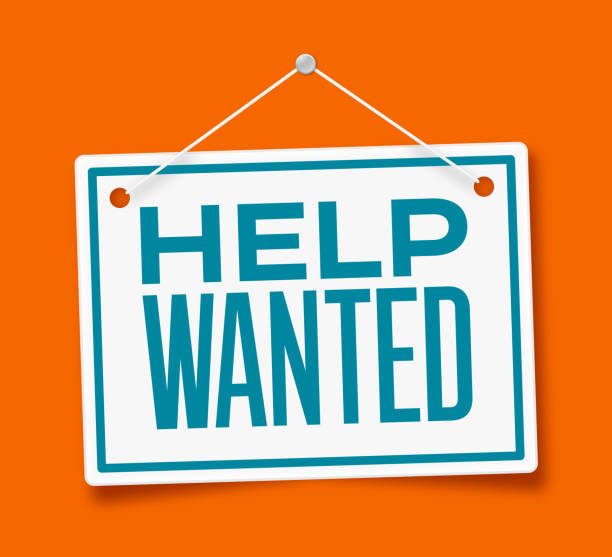Means to Improve Safety & Efficiency in the Workplace
Today’s world is often defined by borderless and unconventional threats, global challenges, and fast-paced change; all things employers have minimal, if any, control over. On the other hand, fatalities, accidents, and illness at work are highly preventable. Companies have the ability to experience improvements in morale and productivity, along with cost reductions, by implementing suitable safety measures for their operations.
Article submitted by Christine Emmerich, Automated Material Handling Specialist with Wisconsin Lift Truck Corporation, a member of The Wolter Group, LLC
Although many companies engage employees in structured safety programs, statistics still show accidents occurring on an alarming basis. According to the National Safety Council (NSC)’s Injury Facts® from 2012 to2016:
· Every 7 seconds a worker is injured on the job.
· Every day, more than 12 workers die on the job – over 4,500 ayear.
· In 2013, 595 workers died in falls from a high level, and 47,120were injured badly enough to require days off of work.
From the NSC Injury Facts® 2016 edition, the top three injuries resulting in lost work days are:
1. Overexertion – injuries caused by liftingor lowering as well as repetitive motions
2. Contact with Objects &Equipment –injuries caused by being struck by equipment, or crushed in a collapsing structure.
3. Slips, Trips & Falls – injuries caused by falls toa lower level, or on the same level.
Research continues to show the cost of an accident is far greater than the cost of working safely. According to the NSC’s Journey to Safety Excellence®, the average cost of a minor incident is 16 times higher than the cost of the preventive measure. The average cost of a very serious or fatal incident is almost 50 times higher than the cost of the preventive measure.
As you can see, workplace safety hazards can be costly (to both lives and the bottom line), but the good news is there are means to prevent them when putting applicable precautionary measures in place.
Here are some examples, within the material handling industry, relative to the top three (3) workplace injuries:
1. Preventing Overexertion
A means of preventing employees from overexerting themselves, is the strategy of bringing goods to the user. An example is using automated guided
carts or vehicles (AGC or AGV) for repetitive, hazardous, and non-revenue generating tasks. Automated units navigate along pre-defined paths, and can stop before encountering an obstruction, both improving the safety of personnel and reducing the risks of material and facility damage.
Ariens Company located in Brillion, WI recently implemented the SmartCart® AGC assembly system to transport riding lawn mowers through an assembly line. By having the AGC automatically deliver the riding mower to each assembly station, the operators are no longer required to manually push the machines, weighing up to 635 pounds, from station to station. This particular AGC system, joined with Ariens special assembly fixtures, allows Ariens toimprove employee ergonomics while maximizing operator efficiency. Integrating the SmartCart® with Ariens Company’s production assembly equipment has increased production of Ariens® IKON X/ Gravely® ZT X riding mowers by 64 percent.
Another automated example is vertical storage systems, such as aLean Lift or Carousel, of which items of various size and weight can be storedand retrieved at the appropriate ergonomic height for personnel, often referredto as “the golden zone”. Keeping the order picking area between the shouldersand the knees can increase productivity, decrease mistakes, and provide anexcellent return on investment.
Depending on the application, load dimension, quantity and weight,some non-automated resources may include lift table, hoist, pallet tilter,stacker, vacuum lifter, forklift attachments, and more.
2. Accident Prevention Systems
Both visual and audible warning systems can help preventcollisions between vehicle and personnel as well as vehicle-tovehicle.
The bluespotTM, simply mounted to the overhead guard of aforklift, portrays a beam of blue light on the ground, 15-20 feet beyond theunit, to warn pedestrians and other drivers of approaching forklift trucks.
An alternate system on the market has pedestrians wearing a smallpersonal alarm device (PAD) that works in conjunction with a magnetic field generatorinstalled on mobile equipment, such as forklift or utility vehicle, to notifypedestrians and other drivers of oncoming danger. This system allows for bothaudible and visual alarms and can read and warn through walls, racking andblind corner obstructions.
3. Fall Prevention
Ranked as OSHA’s #1 safety violation, it is clear that businessesand employees must take proper precaution to implement better fall protectionprograms.
One significant example is keeping surface areas clear ofunnecessary debris and clutter. Various industrial cleaners are availableallowing companies to choose from walk-behind or ride-on units, as well asenvironmentally-friendly industrial cleaning chemicals.
Half of all fatal falls in 2013 occurred from 20 feet or lower,according to NSC’s Injury Facts 2016®. Although construction workers are atmost risk for fatal falls from height, manufacturing followed by both wholesaleand retail trade industries are next on the list. Beyond providing accreditedoperator training and re-certification classes to prevent falls from high liftequipment, a self-retracting lanyard (SRL), connected to a harness not onlyhelps absorb the shock, and limit the fall distance, but also eliminates theneed to wait for a rescue.
Today’s world is often defined by borderless and unconventional threats, global challenges, and fast-paced change; all things employers have minimal, if any, control over. On the other hand, fatalities, accidents and illness at work are highly preventable. Companies have the ability to experience improvements in morale and productivity, along with cost reductions, by implementing suitable safety measures for their operations.




